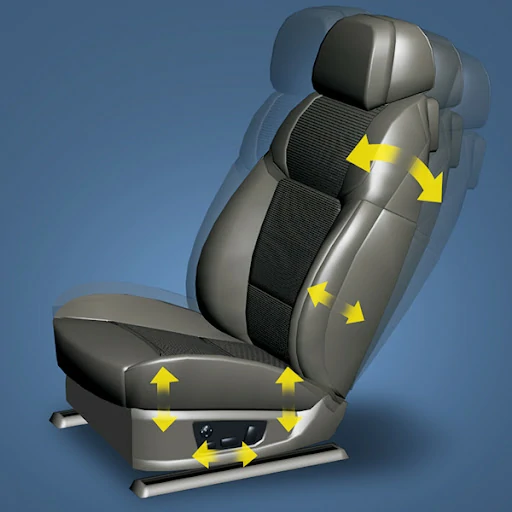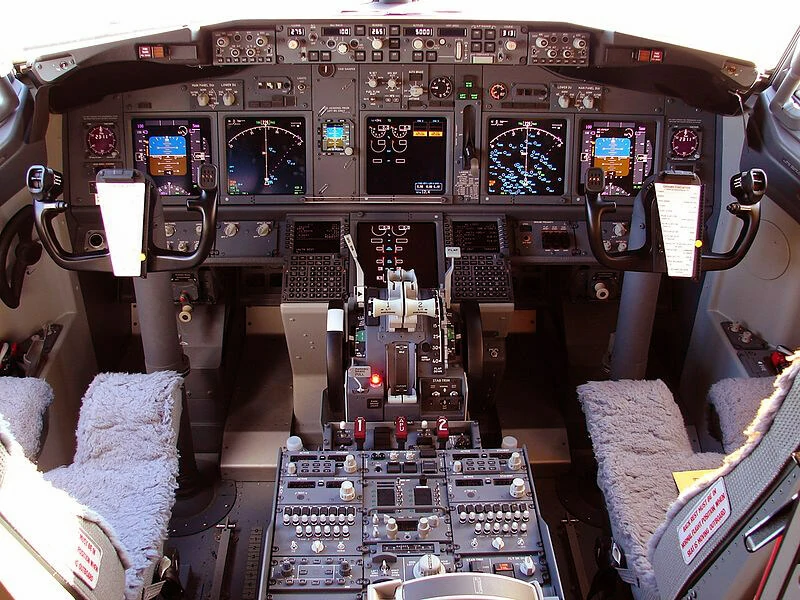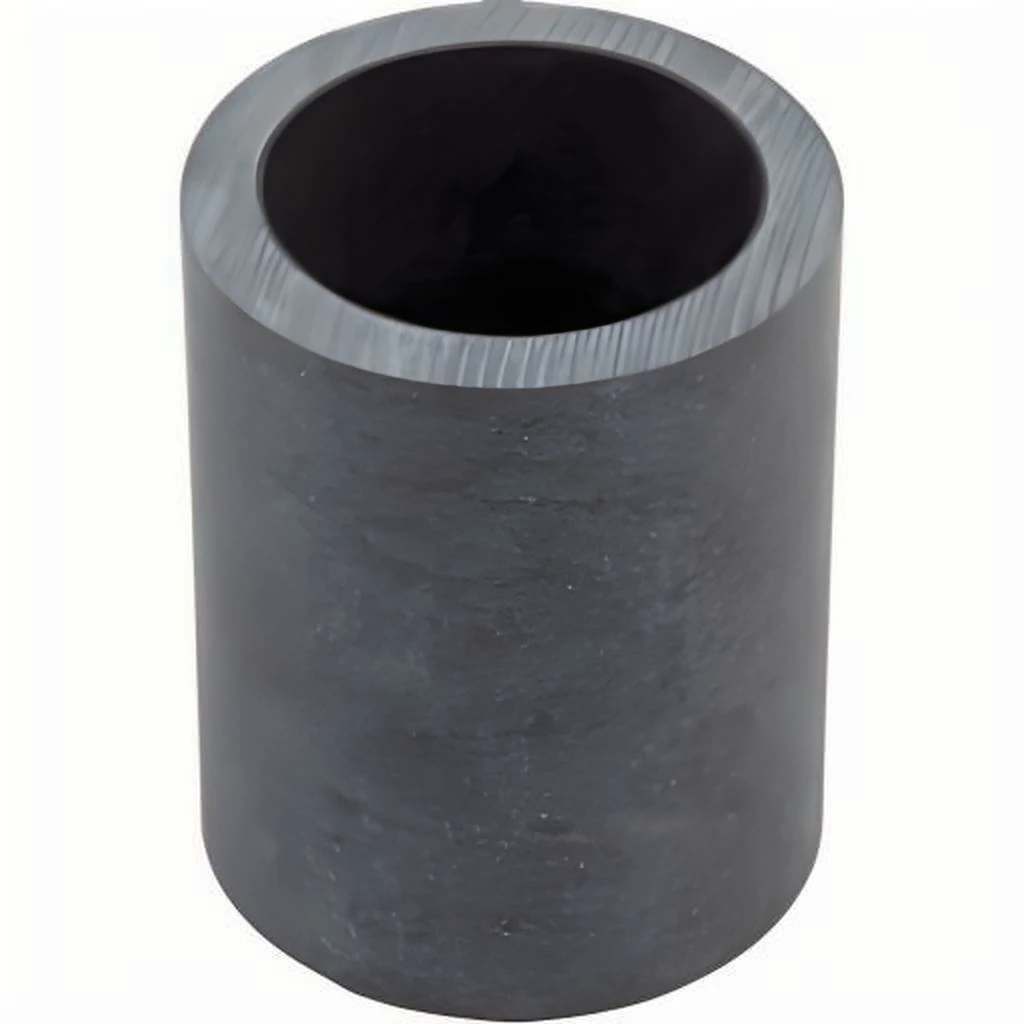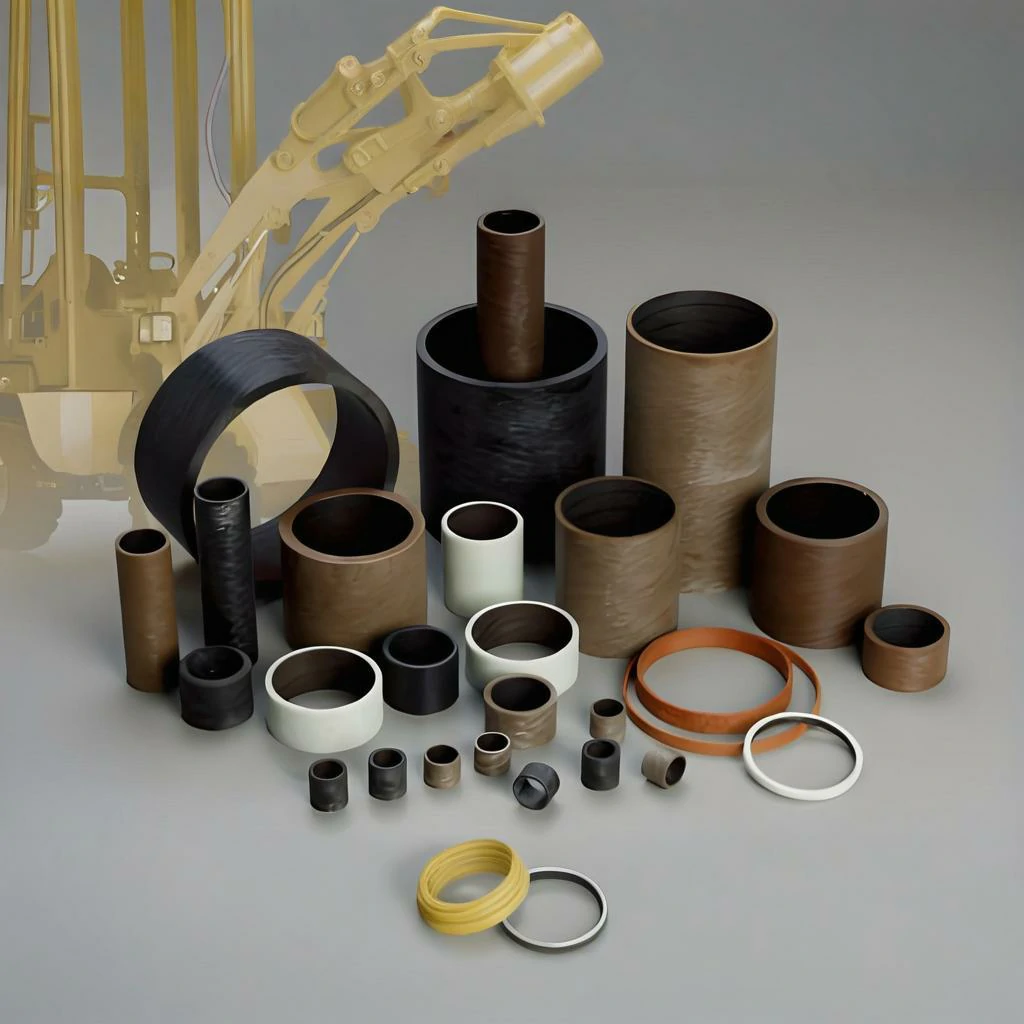Неметални лагери с гранично смазване
Non-metallic boundary lubricated bearings are a type of bearing made of polymer materials or composite materials. Relying on the self-lubricating properties of the material, it achieves low friction, wear-resistant and efficient operation without the need for additional lubricants, and is particularly suitable for medium and low load conditions and harsh environment applications.
Предимства
Maintenance-free: Reduces lubrication maintenance requirements and reduces operating costs.
Environmentally friendly: Oil-free operation reduces pollution; recyclable materials are more sustainable.
High adaptability: Suitable for industries with high requirements for cleanliness and hygiene, such as food processing and medical equipment.
Economical and practical: Relatively low production costs, long service life, and high overall cost-effectiveness.
Overview of Non-Metallic Boundary Lubrication Bearings
Non-metallic boundary lubrication bearings are made from polymer materials (such as PTFE, POM, or PA) or composite materials. These bearings rely on the inherent low friction and wear-resistant properties of their materials to function effectively under boundary lubrication or dry friction conditions. They are widely favored in applications requiring lightweight designs, low maintenance, or corrosion resistance.
Категории продукти
By Material Type
PTFE Bearings: Known for high-temperature resistance and chemical stability, ideal for harsh environments.
POM Bearings: Provide excellent mechanical strength and dimensional stability, suitable for general industrial applications.
Fiber-Reinforced Composite Bearings: Enhanced strength and rigidity, tailored for high-load conditions.
By Application
Automotive Bearings: Used in seat adjusters, windshield wipers, and window regulators.
Industrial Bearings: Found in textile machinery and conveyor systems.
Medical Bearings: Applied in precision instruments like dental or laboratory devices.
Food-Grade Bearings: Designed for corrosion resistance and contamination-free operation, meeting food industry standards.
Applications and Features
1. Applications
Automotive: Key components in window lifters, seat adjusters, and wiper systems.

Home Appliances: Quiet, smooth performance in air conditioners, washing machines, and fans.
Food and Pharmaceutical Equipment: Designed for clean, corrosion-resistant operations.
Industrial Machinery: Long-lasting components in low-maintenance mechanical systems.


2. Features
Self-Lubricating: Operates smoothly without external lubricants.
Lightweight Design: Low-density materials reduce overall equipment weight.
Corrosion Resistance: Withstands moisture and chemical exposure in harsh environments.
Noise Reduction: Minimizes operational noise, enhancing user comfort.
Advantages and Characteristics
1. Material Benefits
Low Friction Coefficient: Enables smooth sliding and rotation.
Excellent Chemical Stability: Resists acids, bases, and solvents.
Weather Resistance: Performs reliably in high humidity, extreme cold, or heat.
2. Performance Benefits
Low Maintenance Costs: Eliminates the need for lubrication, reducing upkeep requirements.
Eco-Friendly: Supports oil-free operation, minimizing environmental impact.
Versatility: Available in various materials to meet diverse load, speed, and temperature requirements.
3. Broad Application Scope
Ideal for scenarios demanding low maintenance, corrosion resistance, or high hygiene standards, such as food processing, medical equipment, and household appliances.
FAQs
Q1: Can non-metallic bearings handle heavy loads?
A1: These bearings are best suited for medium to low loads. For higher loads, fiber-reinforced composites are recommended.
Q2: Do they require external lubrication?
A2: No, they are self-lubricating and operate without additional lubricants.
Q3: Are they suitable for high-temperature environments?
A3: Material choice determines the temperature range. For instance, PTFE can handle up to 250°C, while POM is limited to lower ranges.
Q4: Are these bearings safe for food processing applications?
A4: Yes, many non-metallic materials meet food-grade standards and are ideal for such applications.
Q5: Can custom dimensions or designs be manufactured?
A5: Yes, non-metallic bearings can be tailored to fit specific equipment needs.
Резюме
Non-metallic boundary lubrication bearings are efficient, environmentally friendly, and maintenance-free. They excel in automotive, industrial, medical, and food processing industries due to their self-lubrication, lightweight construction, corrosion resistance, and quiet operation.
Although they may not be optimal for extreme loads or high-speed conditions, innovations in material and structural design allow them to cater to a wide range of industrial requirements. Selecting the right bearing based on operational conditions, such as load, speed, and temperature, ensures optimal performance and longevity of the equipment.


